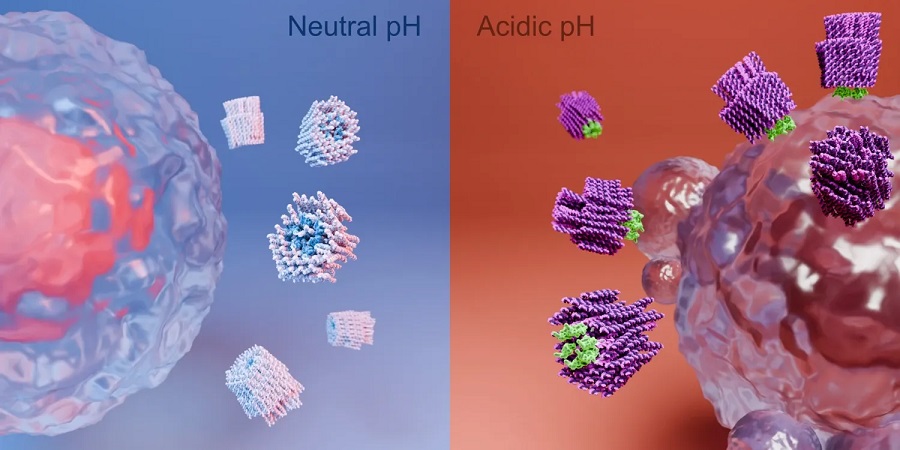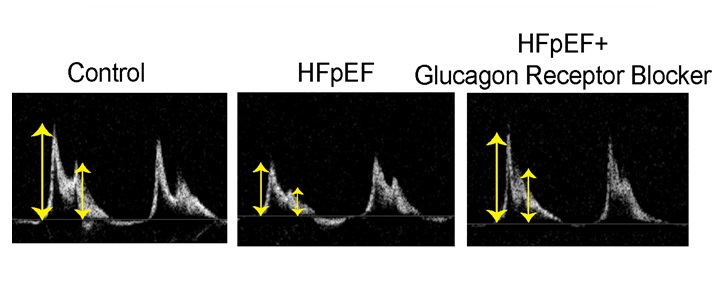Nanorobot with Hidden Weapon Precisely Targets and Kills Cancer Cells
Posted on 03 Jul 2024
Researchers have developed nanorobots capable of eliminating cancer cells in mice, utilizing a weapon concealed within a nanostructure that only activates within the tumor environment, thus protecting healthy cells.
The research group at Karolinska Institutet (Solna, Sweden) previously developed structures that arrange what are known as death receptors on cell surfaces, leading to cell death. These structures feature six peptides aligned in a hexagonal formation, forming a deadly nanopattern. If deployed as a medication, this configuration would nonspecifically destroy cells throughout the body, which is undesirable. To circumvent this issue, the team encapsulated the lethal mechanism within a nanostructure made of DNA. This method, known as DNA origami, involves using DNA to craft nanoscale structures and has been the team’s research focus for several years. In the new study published in the journal Nature Nanotechnology, the researchers utilized this approach to develop a 'kill switch' that activates under specific conditions.

The researchers have cleverly concealed the lethal weapon so that it reveals itself only within the environment found in and around a solid tumor, effectively creating a nanorobot designed to selectively attack and destroy cancer cells. This activation is triggered by the acidic environment typically present around cancer cells, characterized by a low pH level. Laboratory tests in test tubes showed that at a normal pH of 7.4, the peptide weapon remains hidden within the nanostructure, but it becomes highly destructive when the pH level drops to 6.5. Following this, the team injected these nanorobots into mice with breast cancer tumors, which led to a significant 70% decrease in tumor growth compared to mice treated with a non-active version of the nanorobot.
“We now need to investigate whether this works in more advanced cancer models that more closely resemble the real human disease,” said the study's first author Yang Wang, a researcher at the Department of Medical Biochemistry and Biophysics, Karolinska Institutet. “We also need to find out what side effects the method has before it can be tested on humans.”
Related Links:
Karolinska Institute













